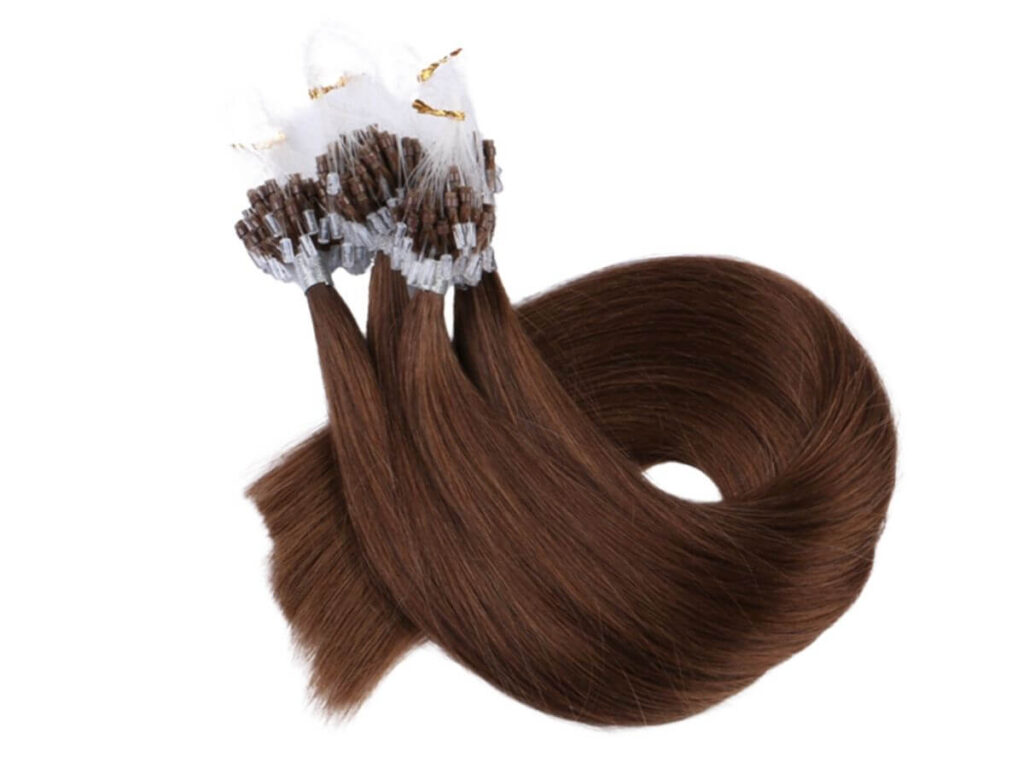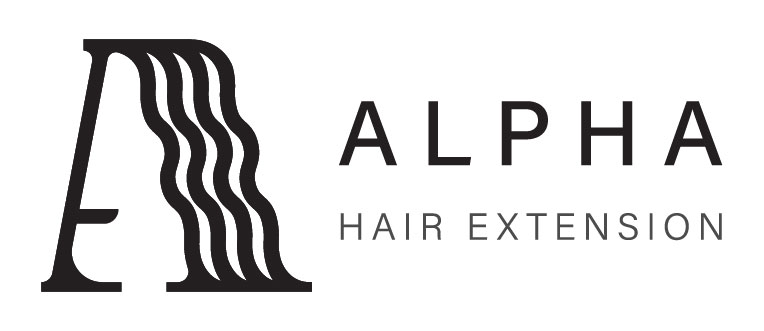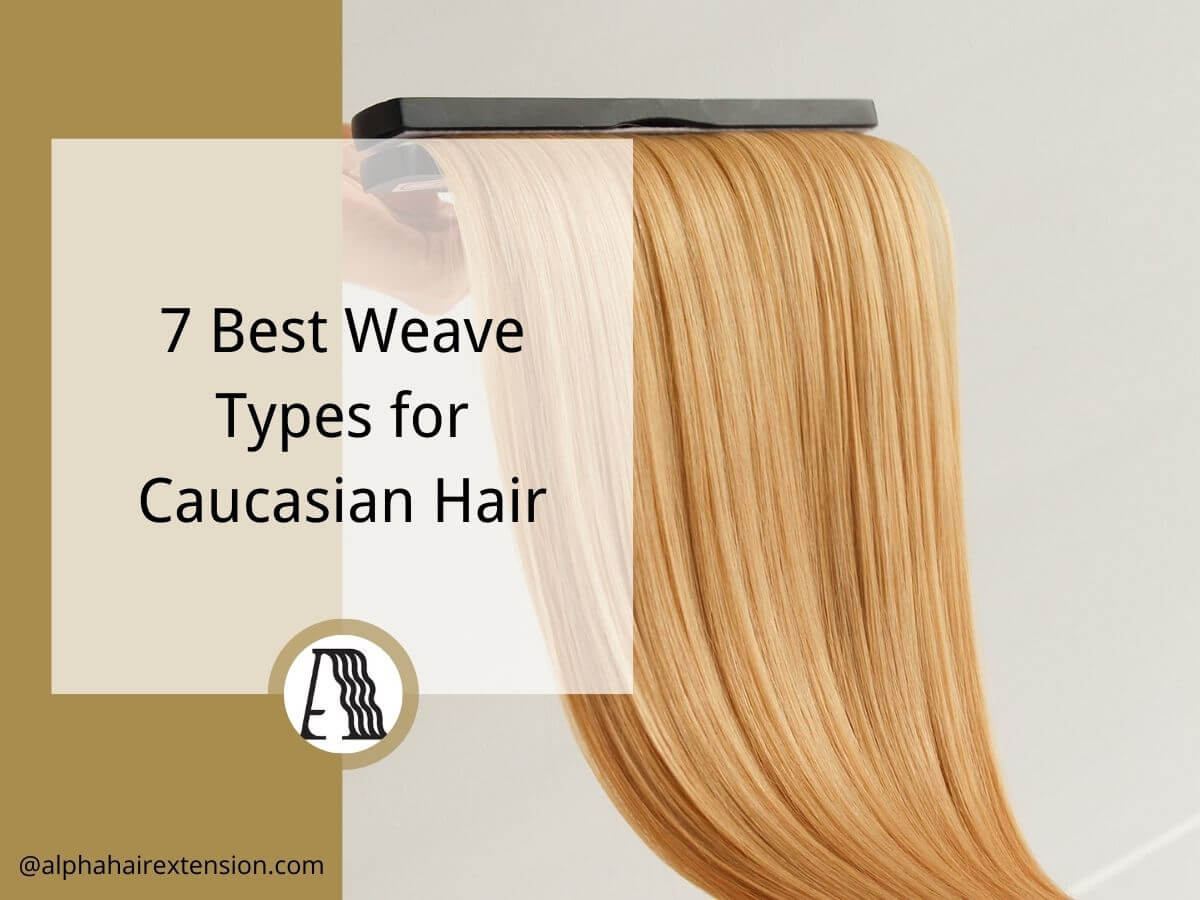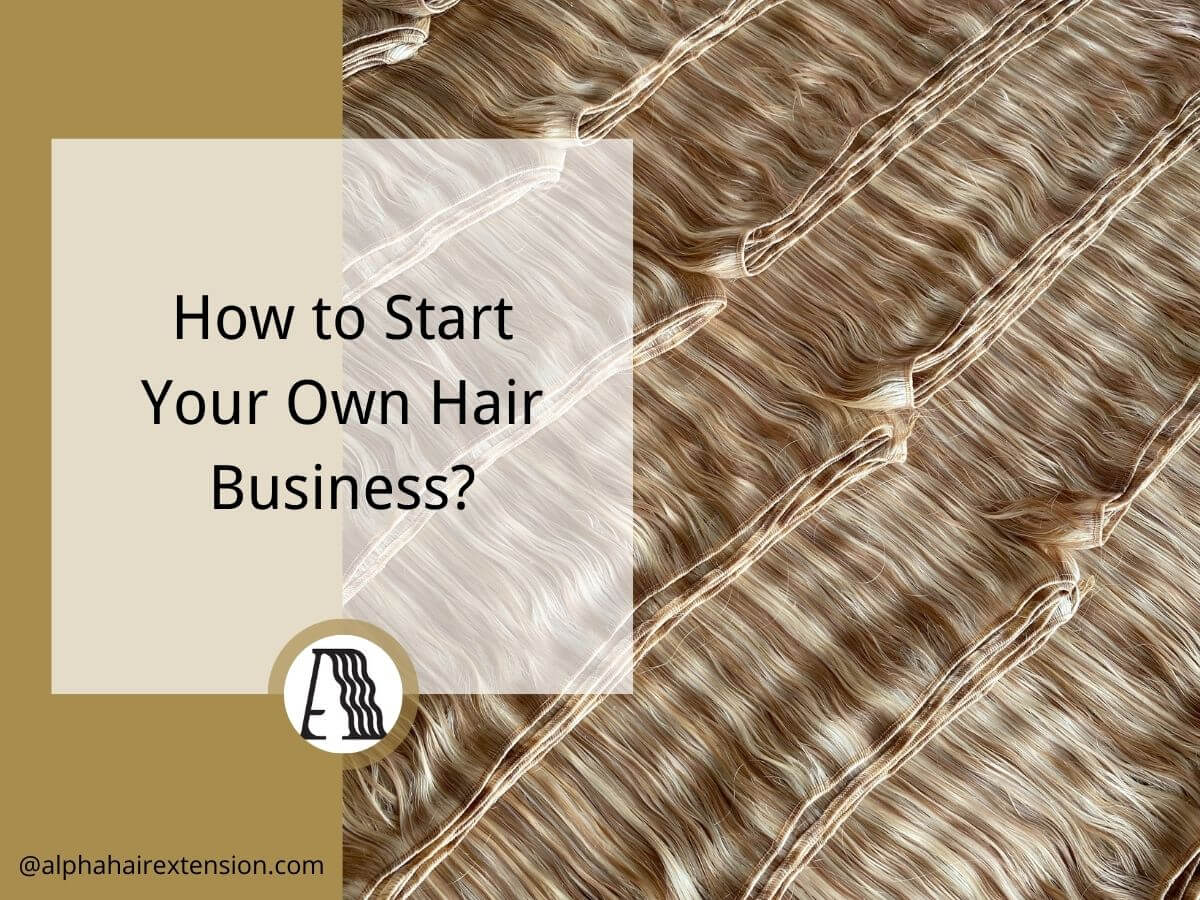I remember standing in a supplier’s showroom years ago, staring at 2 options. I Tip or Microlink? The sales rep explained them both, but the more he talked, the more confused I got.
Both looked the same. Both claimed to be long-lasting. I had no idea which one my customers actually needed.
I made the wrong choice that day. I invested in stock that didn’t move. And I learned an important lesson: Understanding the difference between these two extension methods isn’t optional—it’s essential.
Since then, I’ve spent years figuring out what makes each method work—and what makes it the right fit in different situations.
In this guide, I’ll break down the differences between I Tip and Microlink extensions, how they work, and who they’re best for. By the end, you’ll know exactly which one fits your business—so you don’t waste time or money on the wrong choice.
So let’s get started!
1. What is I Tip Hair Extensions?
I remember the first time I saw I Tip hair extensions being installed. A stylist was working on a client, carefully threading small sections of hair through tiny beads. No glue. No heat. Just precision. The client wanted longer, fuller hair, but she also wanted something that wouldn’t damage her natural strands.
If you’re looking for a semi-permanent hair extension method that blends naturally and lasts for weeks, I Tip hair extensions might be the right choice for you. They are pre-bonded extensions with a small keratin tip, shaped like the letter “I.” This design makes it easy to attach using beads or micro rings, without the need for heat or adhesive.
How I Tip Extensions Are Installed
The application process is simple but requires skill. Here’s how it works:
- A small section of your natural hair is pulled through a bead using a looping tool.
- The I Tip extension is inserted into the bead alongside your natural hair.
- The bead is clamped shut with pliers to secure the extension in place.
Since there’s no glue or tape, the installation is considered gentler on hair than other methods. The beads keep everything in place without sticking to your natural strands. But for them to stay secure, they must be installed properly by an experienced stylist.
Pros and Cons of I Tip Hair Extensions
Pros
- No glue or heat, making it safer for hair.
- More affordable compared to microlinks.
- Can be reused multiple times.
Cons
- Beads may slip if hair is oily or fine.
- Requires professional installation for best results.
- Needs frequent maintenance to avoid slippage.
Best For
Not all hair types hold I Tip extensions the same way. They work best for medium to thick hair because the beads need enough hair to grip. If your client’s hair is very fine, the beads may slip, or the added weight could cause strain.
If your customer have thick hair, I Tip extensions can blend seamlessly, giving them the fullness you want without looking bulky. But they require maintenance. Beads may loosen over time, so regular touch-ups (every 6 to 10 weeks) are needed to keep them secure.
Why Choose I Tip Extensions
- No glue or heat – less damage to your natural hair.
- More flexibility than other extension types. Hair moves naturally.
- Lightweight feel makes them comfortable for daily wear.
- Reusable with proper care, making them a smart investment.

2. What Are Microlink Extensions?
The first time I saw Microlink extensions, I was amazed. The stylist worked fast, threading tiny sections of hair through small beads. No glue. No tape. Just a few simple tools and skillful hands. The client looked in the mirror and ran her fingers through her new hair. “It feels like mine,” she said, smiling.
Microlink extensions—also called microbead or microloop extensions—are a semi-permanent method for adding length and volume. Instead of glue or tape, they use small metal beads to attach the extensions to natural hair. This makes them lightweight, flexible, and easy to wear.
Installation Process
A professional installation usually takes 2 to 3 hours. It’s longer than some methods but shorter than fusion extensions. The stylist works row by row, carefully securing each extension with a bead.
If done incorrectly, the beads may slip or cause tension on the scalp. That’s why a trained stylist is important. Too-tight beads can cause breakage, while loose beads won’t hold the extensions properly.
Pros and Cons of Microlink Extensions
Pros
- No glue, tape, or heat needed for installation.
- Can last longer than I Tip extensions with proper care.
- Less visible beads for a more natural blend.
Cons
- Higher installation cost.
- Removal can be tricky if beads are tight.
- May cause tension in fine or weak hair.
Best For
Microlinks work best for medium to thick hair. If your hair is too fine or silky, the beads may slip over time. Some customers with very straight, smooth hair also struggle with hold.
Here’s how to know if Microlinks might be right for your customers:
- Thicker hair: The beads grip better and blend naturally.
- Straight or wavy texture: Works well with both, but very slippery hair may need extra reinforcement.
- Healthy hair: Since there’s no glue or tape, it’s gentler on your strands, but weak or fragile hair may not hold the weight well.
Why Choose Microlink
The process is simple, but it requires precision. A stylist takes small sections of your natural hair and threads them through a tiny bead. Then, an extension strand is inserted inside the bead. Using a special tool, the bead is clamped shut, holding everything in place.
- No glue or heat—just beads and pliers
- Lightweight and flexible—hair moves naturally
- Reusable—extensions can be adjusted and reinstalled
If installed correctly, Microlink extensions stay secure for 6 to 12 weeks before needing a touch-up. The beads sit close to the scalp, so the extensions blend seamlessly with natural hair.

3. I Tip Hair Extensions vs Microlink: Key Difference
The first time I had to choose between I Tip and Microlink extensions, I was stuck. Both looked similar. Both used beads. But when I started working with stylists and clients, I realized the small details made a big difference.
If you’re trying to figure out which one is better for your business or clients, here’s a clear side-by-side comparison:
| Feature | I Tip Hair Extensions | Microlink Extensions |
| Application Process | Individual strands are threaded through a bead and clamped shut. | Bead holds both the natural hair and extension together, using a looping tool for faster application. |
| Installation Time | 2 to 4 hours for a full installation. | 1.5 to 3 hours for a full head. |
| Longevity | Lasts 2 to 3 months with proper care. | Lasts 2 to 4 months depending on maintenance. |
| Slippage | Beads may slip if not installed correctly or if hair is oily. | Can be tightened after 6-8 weeks to extend wear time. |
| Best for Hair Type | Works best on medium to thick hair. | Best for medium to thick hair, but may not hold well on fine or slippery hair. |
| Damage Risk | No glue or heat, reducing the risk of damage. | No glue or tape, but beads may cause tension if too tight. |
| Maintenance Needs | Requires gentle brushing to avoid pulling. Heavy oils can cause slippage. | Needs careful brushing to prevent tangling. Regular check-ups help keep beads secure. |
4. Factors to Consider When Choosing I Tip Hair Extensions and Microlink
Choosing between I Tip hair extensions and Microlinks isn’t just about the look. It’s about hair type, maintenance, coloring options, and placement. If you’re investing in extensions for your salon or e-commerce store, these factors matter. The wrong choice can lead to returns, unhappy customers, or extra work for stylists.
#1 Hair Types
Choosing the right method depends on hair type. I Tip extensions work best for medium to thick hair because the beads need a strong grip to hold securely. Microlinks can be used on more hair types, but they still require healthy, dense strands for the best results. If the hair is fine or fragile, both methods can cause strain or slippage, making them less suitable for long-term wear.
#2 4-6 Weeks Maintenance
Keeping these extensions secure requires regular touch-ups. Both I Tip and Microlinks need maintenance every 4 to 6 weeks to prevent slippage. Frequent washing, oil buildup, and styling can cause beads to shift. Ignoring upkeep can lead to discomfort, uneven placement, or even premature removal. Regular salon visits keep the extensions looking their best.
#3 Bleaching or Dyeing
Not all extensions can handle color treatments. I Tip extensions typically come pre-colored, and attempting to bleach or dye them after installation can weaken the strands. Microlinks provide slightly more flexibility, but excessive processing can cause dryness and damage. If color customization is a priority, choosing high-quality, virgin hair before installation is the best way to maintain hair health.
#4 Even Placement
A natural look depends on how well the extensions are placed. Extensions should be evenly spaced to prevent gaps or bulkiness. Beads must sit flat against the scalp to avoid irritation and pulling. Poor placement can create tension, discomfort, and even damage to natural hair. A skilled stylist ensures a seamless and comfortable result.
Conclusion
Choosing the right extensions isn’t just about adding another product to your inventory. It’s about meeting your customers’ needs, reducing returns, and boosting loyalty.
I Tip and Microlink extensions each have their place, but the best choice depends on who you serve and what they need most. Now, it’s time to act.
Are you ready to stock the right extensions and build stronger customer relationships?
Contact us today for expert guidance and tailored solutions for your business.
Explore Related Resources
Want to see more? We’ve gathered additional product choices to give you even more variety:
- I-Tip Hair Extension / Stick Tip Hair Extension
- Pre-bonded Hair Extension
- Genius Weft/Flat Weft Extension
Still haven’t found what you’re looking for? Don’t hesitate to contact us. We’re available around the clock to assist you.







